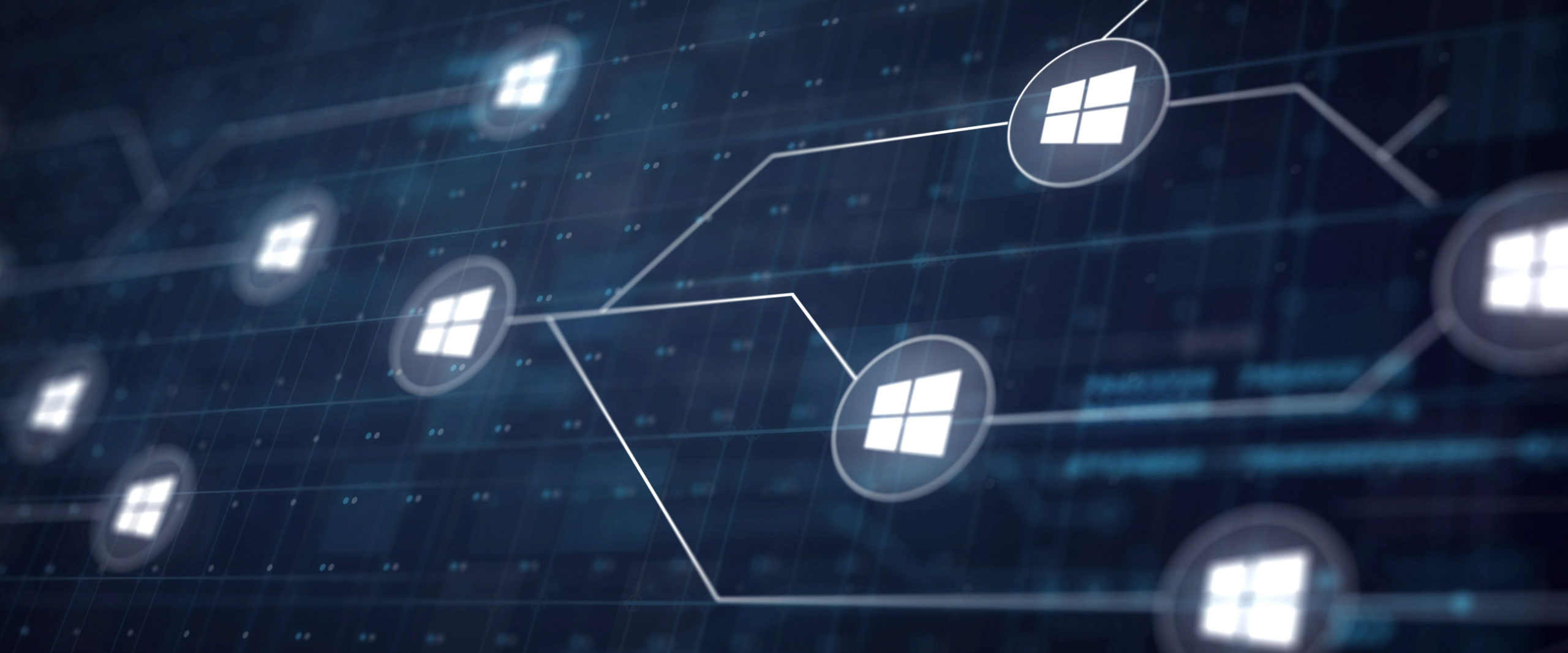Microsoft has advised customers that Windows Server 2012/2012 R2 will reach its extended end-of-support (EOS) date on October 10, 2023.
What does it mean for your company? What should you do to prepare?
Our experts guide you through questions about Windows Server 2012 end-of-support.
First released in October 2012, Windows Server 2012 has been in service for a decade and reached the mainstream end date on October 9, 2018( but was extended).
When end-of-support is reached, Microsoft will no longer provide technical assistance and bug fixes for newly discovered flaws. This may impact the usability and stability of servers running Windows Server 2012 or 2012 R2. Even more importantly, these Windows Server versions will no longer receive security updates, increasingly exposing systems to critical threats like ransomware and other types of malware.
While that is still a decent amount of time before the extended EOS date, business owners still using Windows Server 2012 should take action and upgrade their servers prior to October 2023.
Our experts recommend your business upgrade to the latest version of Windows Server sooner rather than later to ensure lower costs. Running the newest version allows you to use the latest security features while delivering the best performance so your organization can strive to run smoothly and flawlessly.
This can be done in multiple ways, the first and simplest being a clean install. With a clean install, you install Windows Server on a blank server or overwrite an existing operating system. There are a few things to be aware of when undergoing a clean install. First, you must back up your data and note which applications need to be reinstalled. Also, look for hardware requirements when upgrading to the newest version of Windows Server.
An in-place upgrade enables users to keep the same hardware and already-existing server roles without reinstalling the OS, keeping your settings and data intact. Unfortunately, not every older OS has a flawless pathway to every new OS, so in-place upgrades work best in virtual machines where OEM hardware drivers aren’t necessary for an upgrade.
Your business can also benefit from a server migration. Server migration is defined as moving one role or feature and its data, at a time, from a source computer running Windows Server to another computer running the same or newer version of it.
It’s time for a refresh. With Windows Server 2012/2012 R2 coming to its end of life, it’s important you make an upgrade to verify that your servers are kept safe. The newest version of Windows Server offers frequent security updates that are imperative to protecting your servers.
Unsure of which route to go or still unclear about how to undergo the process of upgrading your servers? Give us a call at (856) 282-1131 or contact us online, and we’ll get your business on the right path to company-wide safety and security.


